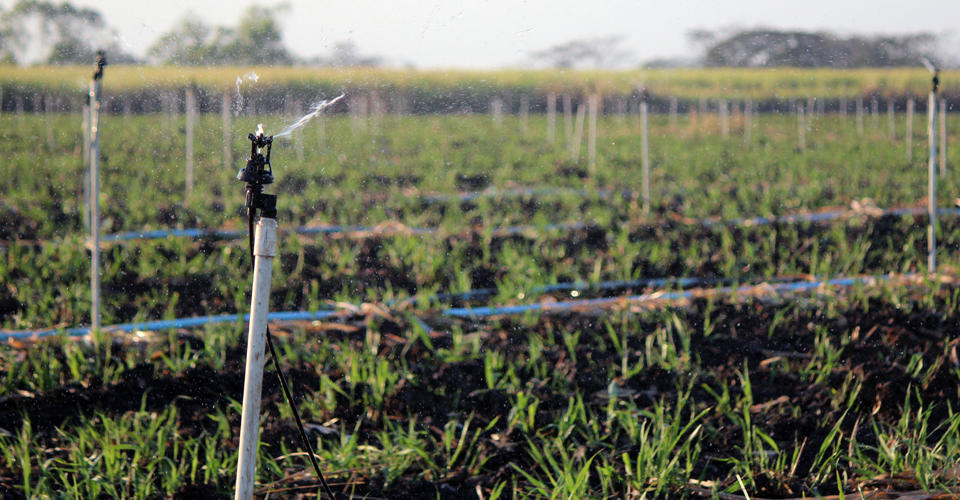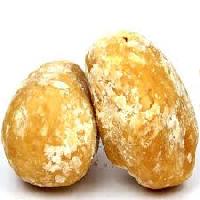From Sugarcane Product to Alternative Fuels: The Multiple Uses of Sugarcane
From Sugarcane Product to Alternative Fuels: The Multiple Uses of Sugarcane
Blog Article
The Trip of Sugarcane: From Harvest to Everyday Products
The trip of sugarcane is a complex procedure that starts with careful growing and culminates in a range of items that penetrate our day-to-days live. From the moment the walking sticks are harvested at their peak sucrose degrees, they undertake a series of elaborate steps, consisting of cleaning, crushing, and clarification. These procedures not just generate sugar however likewise unlock a variety of byproducts, such as ethanol and eco-friendly product packaging materials. As we explore the different aspects of sugarcane's journey, its duty in sustainability and the more comprehensive ramifications for our environment come right into sharper focus. What exists beyond the sweet surface area?
Growing of Sugarcane
The cultivation of sugarcane is a crucial farming process that calls for particular ecological problems and management techniques. Optimal development occurs in subtropical and tropical areas where temperatures vary between 20 ° C and 32 ° C. Adequate rains or irrigation is necessary, as sugarcane flourishes in wet soil with well-drained conditions (sugarcane product). Soil quality substantially affects return; thus, farmers usually conduct dirt tests to establish nutrient requirements
This method assists in reliable collecting and makes the most of sunlight exposure. Crop rotation and intercropping are recommended practices to improve soil fertility and decrease insect invasions.
Fertilization is another vital element, with nitrogen, potassium, and phosphorus being the main nutrients needed for ideal growth. Timely application of these plant foods can dramatically boost sugar returns. In addition, checking for conditions and bugs throughout the growing season is important, as these factors can adversely influence plant health and wellness and productivity. Overall, effective sugarcane cultivation hinges on a mix of environmental stewardship, strategic planning, and recurring management techniques.
Gathering Strategies
Successful sugarcane farming culminates in the collecting stage, which is crucial for taking full advantage of yield and making certain high quality. The timing of the harvest is essential; sugarcane is typically collected when sucrose levels optimal, typically in between 10 to 18 months after planting. This duration differs based on environment, soil type, and sugarcane selection.
Harvesting strategies can be broadly categorized right into manual and mechanical methods. Hands-on harvesting is labor-intensive, depending on proficient employees who utilize machetes to reduce the stalks close to the ground. This technique permits discerning harvesting, where only the ripest walking sticks are selected, therefore enhancing general sugar web content.
Conversely, mechanical harvesting has gotten appeal as a result of its efficiency and cost-effectiveness. Specialized harvesters outfitted with reducing knives and conveyor systems can refine large areas rapidly, dramatically reducing labor costs. Nevertheless, this technique might cause the incorporation of premature canes and a potential decrease in sugar high quality.

No matter the technique employed, ensuring that collected walking canes are transported rapidly to refining centers is necessary. Motivate managing reduces spoilage and preserves the integrity of the sugarcane, establishing the phase for ideal processing.
Handling Approaches
Processing sugarcane entails numerous important steps that transform the collected stalks right into functional products, largely sugar and molasses. The preliminary phase is washing the click this site walking cane to eliminate dirt and debris, followed by the extraction of juice via squashing or milling. This process generally employs hefty rollers that break the walking cane fibers to launch the pleasant fluid included within.
Once the juice is removed, it goes through clarification, where contaminations such as soil fragments and bagasse are removed. This is often accomplished by adding lime and warming the juice, allowing sedimentation. The made clear juice is then focused with dissipation, where water web content is minimized, resulting in a thick syrup.

Eventually, the handling of sugarcane not only creates sugar and molasses but likewise prepares for various by-products, which will certainly be explored in succeeding conversations.
Products Derived From Sugarcane
Sugarcane is a versatile plant that generates a wide variety of items beyond just sugar and molasses. Amongst the key by-products are ethanol and biofuels, which have acquired prominence as sustainable power sources. Ethanol, generated via the fermentation of sugarcane juice, functions as an alternate to fossil gas and is typically combined with gasoline to develop cleaner-burning fuels, minimizing greenhouse gas exhausts.
Additionally, sugarcane is a significant source of bagasse, the coarse deposit continuing to be after juice removal. Bagasse is utilized in numerous applications, consisting of the manufacturing of paper, naturally degradable packaging, and as a biomass gas for power generation. Its usage not just decreases waste yet additionally boosts the sustainability of sugarcane processing.
Furthermore, sugarcane-derived items expand to the food sector, where it functions as an all-natural flavor agent and sweetener in various cooking applications. In the world of cosmetics, sugarcane essences are integrated into skincare products because of their natural exfoliating homes.
Environmental Impact and Sustainability
The farming and handling of sugarcane have considerable implications for ecological sustainability. This plant calls for significant water sources, typically resulting in depletion of neighborhood water materials and affecting bordering environments. In addition, the use of plant foods and pesticides in sugarcane farming can result in soil degradation and river contamination, positioning threats to biodiversity.

Lasting sugarcane farming also promotes dirt health with plant rotation and decreased husbandry, boosting carbon sequestration. The adoption of these techniques not only supports environmental honesty like this however additionally improves the strength of farming communities versus environment change.
Final Thought
In recap, the journey of sugarcane encompasses different phases from cultivation to handling, eventually leading to a vast array of products. The relevance of sugarcane expands beyond mere sweeteners, adding to eco-friendly power via ethanol manufacturing, sustainable packaging via bagasse, and natural essences for cosmetics. This diverse plant plays a crucial role in both dietary enrichment and environmental sustainability, highlighting its relevance in modern agricultural and industrial practices.
Successful sugarcane growing culminates in the gathering phase, which is essential for making the most of yield and guaranteeing high quality. The timing of the harvest is important; sugarcane is normally collected when sucrose degrees height, normally in between 10 to 18 months after growing.Processing sugarcane involves numerous critical actions that change the collected stalks into functional products, primarily sugar and molasses.Sugarcane is a versatile plant that produces a large variety of products beyond simply sugar and molasses. In addition, the usage of fertilizers and pesticides in sugarcane farming can result in dirt deterioration and waterway contamination, positioning threats to biodiversity.
Report this page